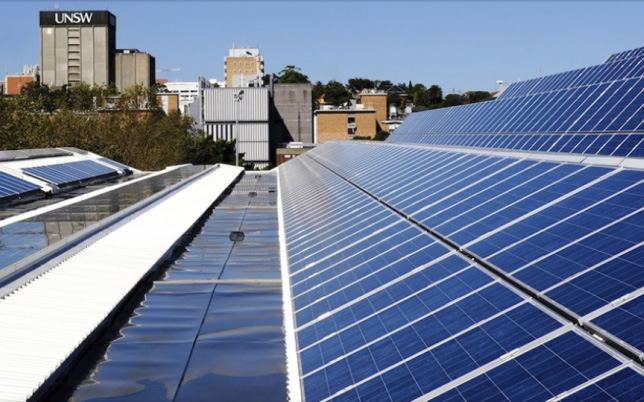Summary
The project aims to develop a series of novel, high-throughput inspection techniques including images of essential electrical parameters and contactless measurements of the current-voltage characteristics using injection-dependent photoluminescence (PL) for the mass production of multijunction solar cells.
Need
This project is funded under the ULCS PV Research and Development Round and will build on ARENA’s previous investment into solar PV that support projects aligning with ARENA’s ‘Solar 30 30 30’ target to improve module efficiency to 30 per cent and reduce total construction costs of utility scale solar farms to 30 cents per watt by 2030. Funding is being made available to focus on commercialisation prospects, which will take place after an initial research and development phase, to assist getting the new technologies into the market.
Single-junction solar cells currently dominate the photovoltaic (PV) market, whereas multijunction/tandem solar cell technologies are only used in niche, high-end applications. To support the expected increase in the production of multijunction/tandem cells over the next decade, high-throughput in-line inspection techniques will be necessary to enable mass production.
Action
The project will develop:
- Advanced PL imaging techniques that will allow images of essential electrical parameters of multijunction/tandem cells to be captured.
- Contactless techniques to determine the current-voltage characteristics of multijunction/tandem cells.
The project aims to undertake commercialisation activities including testing the techniques on pilot production lines and techno-economic analysis of the potential market for the developed inspection tools.
Outcome
The project aims to improve the technology readiness and commercial readiness of solar PV technologies through the development of advanced inspection methods and systems. It will accelerate the development of commercially competitive tandem modules, which are a key pathway to 30 per cent efficient modules by 2030. The project will also increase the lifetime and reduce manufacturing costs of tandem cells, which will contribute to the stretch goal of $15/MWh.




